The donkey calf raise is a variation of the traditional calf raise exercise, but it targets the calves in a different way due to its unique positioning. Unlike the standard standing calf raise, where you stand on your feet with your knees straight or slightly bent, the donkey calf raise involves positioning yourself bent over at the waist, with your body angled forward. This position allows for a greater range of motion and deeper activation of the gastrocnemius muscle.
To perform this exercise, you typically use a specialized machine, but it can also be done using body weight or a simple bench for support. The donkey calf raise places more emphasis on the upper part of the calf muscle and can be particularly effective for building muscle mass and improving overall calf strength.
Benefits of the Donkey Calf Raise
-
Maximizes Range of Motion
One of the primary benefits of the donkey calf raise is the ability to stretch and contract the calves through a full range of motion. This extended movement helps activate more muscle fibers and results in better growth and definition. -
Targets the Gastrocnemius
The donkey calf raise places significant stress on the gastrocnemius muscle, the larger of the two calf muscles, which gives the calves their characteristic shape. By focusing on this muscle, you can achieve better overall calf development and definition. -
Improves Ankle Stability
Strong calves are essential for ankle stability. By regularly performing donkey calf raises, you help improve balance and coordination in your ankles, which can prevent injuries and enhance athletic performance. -
Enhances Strength for Functional Movements
Calf strength is necessary for various functional movements, such as walking, running, jumping, and even climbing stairs. By strengthening your calves, you not only improve your physique but also your athletic ability and daily function.
How to Perform the Donkey Calf Raise Correctly
-
Position Yourself
Start by using a donkey calf raise machine or a flat surface where you can bend at the waist. If using the machine, position your hips under the padded support, ensuring that your torso is angled forward and your knees are slightly bent. If performing the exercise without a machine, you can use a bench for support and position your upper body in a similar bent-over position. -
Set Your Feet
Place the balls of your feet on a raised surface, such as a block or platform, with your heels hanging off the edge. This will allow for a full range of motion during the exercise. Ensure that your feet are about hip-width apart for balance. -
Lift the Weight
From the starting position, press through the balls of your feet, lifting your heels as high as possible while keeping your knees slightly bent. Focus on using your calves to perform the movement and avoid using your arms or back for assistance. -
Control the Descent
Slowly lower your heels back down below the level of the platform, stretching your calves as much as possible. Control the movement throughout, as this will help activate more muscle fibers and reduce the risk of injury. -
Repeat
Perform the donkey calf raise for the desired number of repetitions, typically 8 to 12 per set, depending on your training goals. Be sure to rest for 30 to 60 seconds between sets.
Variations of the Donkey Calf Raise
-
Seated Donkey Calf Raise
This variation involves sitting on a bench or chair while performing the calf raise. Although it places more emphasis on the soleus muscle, it can still provide significant calf activation. You can perform seated donkey calf raises with a machine or by using a weighted barbell on your thighs. -
Bodyweight Donkey Calf Raise
If you don't have access to a machine, you can perform donkey calf raises using just your body weight. Place your feet on a step or platform and bend over at the waist, keeping your back straight. This variation may not provide as much resistance, but it's a great option for beginners or when you want to focus on the movement's form. -
Donkey Calf Raise with Added Weight
To increase the intensity, you can perform donkey calf raises with added resistance, such as holding a dumbbell or barbell. This variation is ideal for advanced lifters who want to further challenge their calf muscles and build strength.
Common Mistakes to Avoid
-
Using Momentum
Don’t rely on momentum to complete the movement. Ensure that you're controlling the lift and descent of your heels. Using momentum can reduce the effectiveness of the exercise and increase the risk of injury. -
Not Full Range of Motion
A common mistake is not lowering the heels far enough to achieve a full stretch at the bottom of the movement or not lifting high enough at the top. A full range of motion ensures the calves are fully activated for optimal growth. -
Incorrect Posture
Keep your back straight throughout the movement. Hunching over can strain your lower back, leading to discomfort or injury. Focus on maintaining a neutral spine and engaging your core for support.
How Often Should You Do Donkey Calf Raises?
Like any muscle group, the frequency of donkey calf raises depends on your overall training plan and goals. For most people, training calves 2 to 3 times per week is sufficient to see progress. It's important to allow enough recovery time between workouts, as overtraining can lead to injury.
Conclusion
The donkey calf raise is an excellent exercise for anyone looking to improve calf strength and definition. With its unique positioning, it allows for a greater range of motion and targets the gastrocnemius muscle, providing more significant gains compared to traditional calf exercises. By incorporating the donkey calf raise into your routine and following proper form, you'll be on your way to stronger, more defined calves in no time.


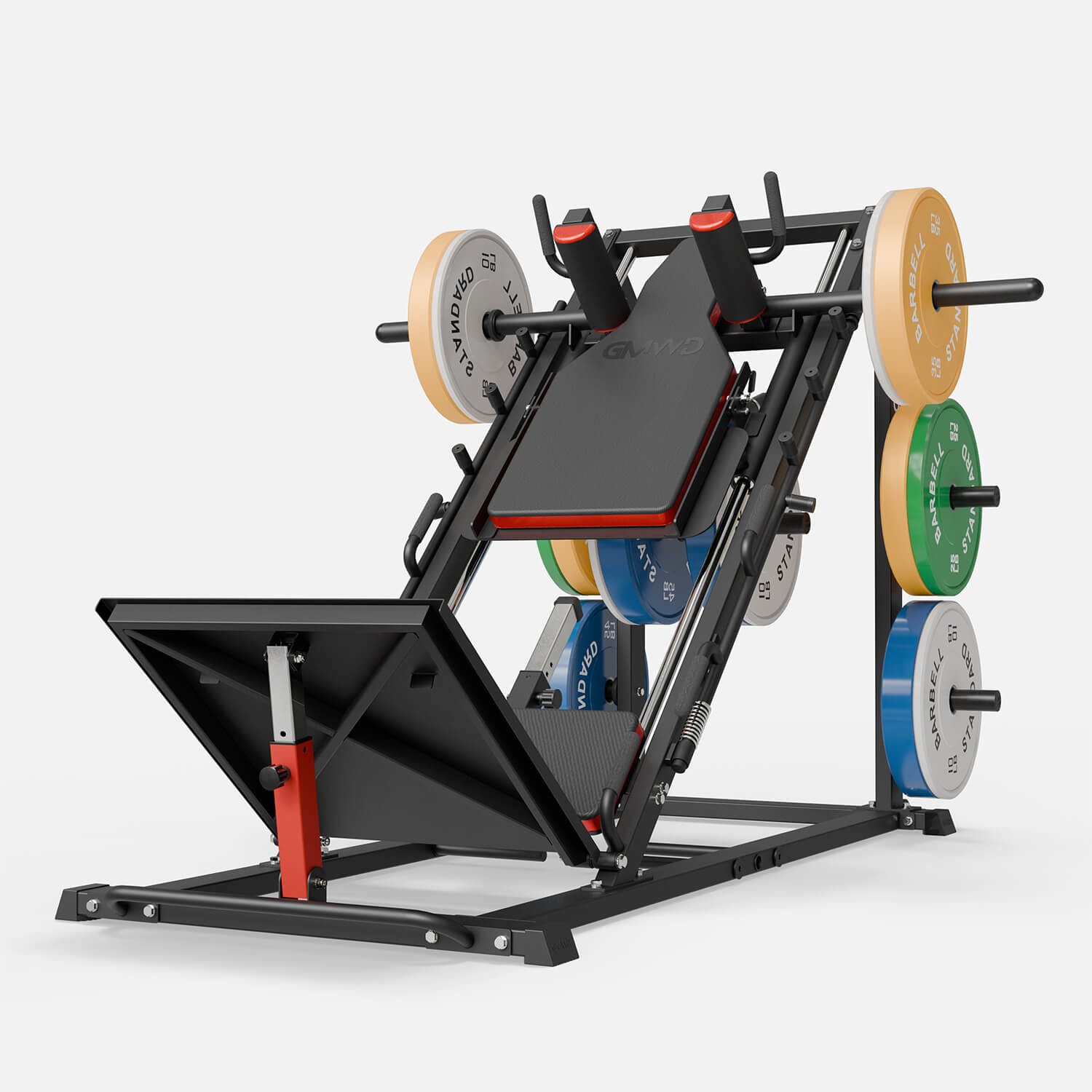
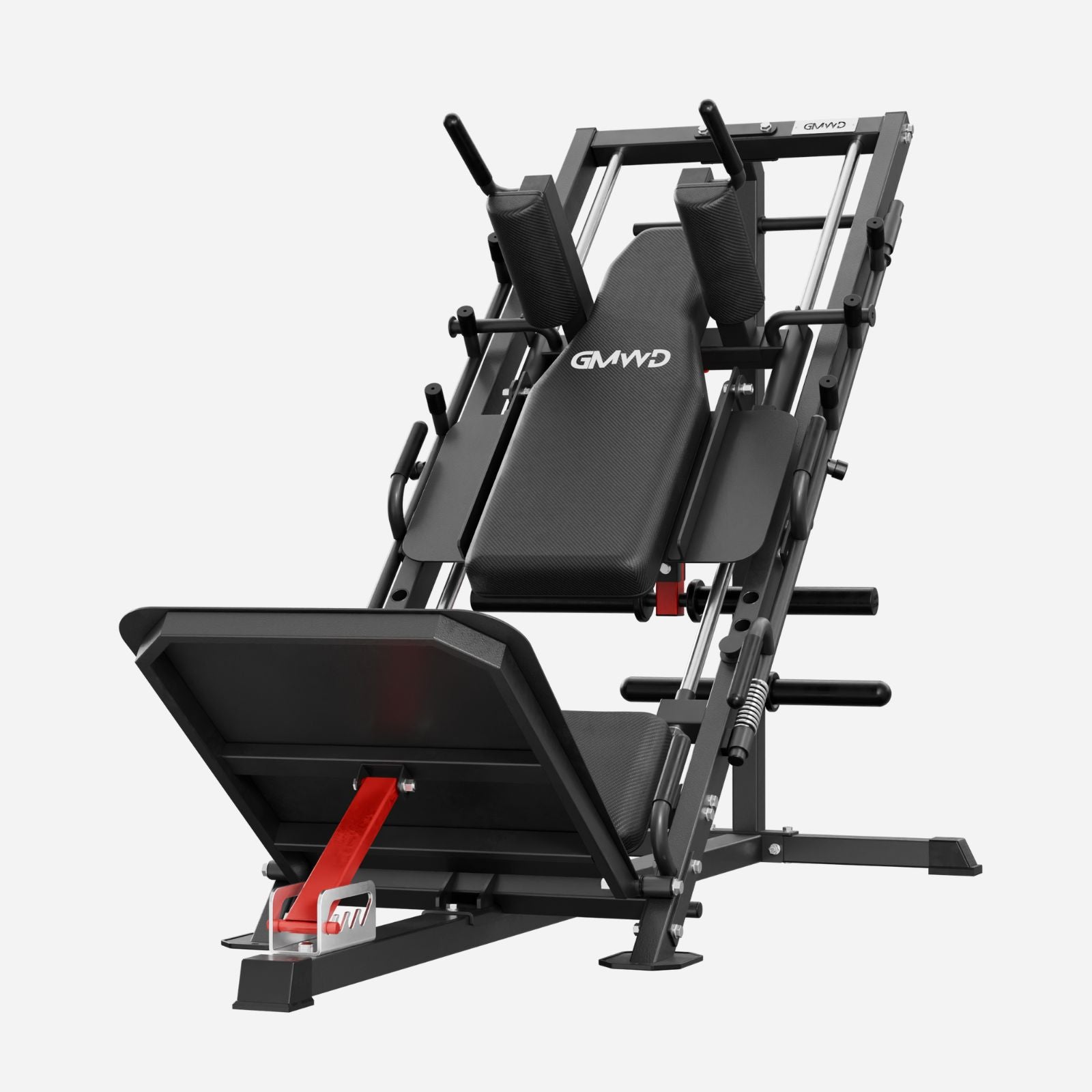

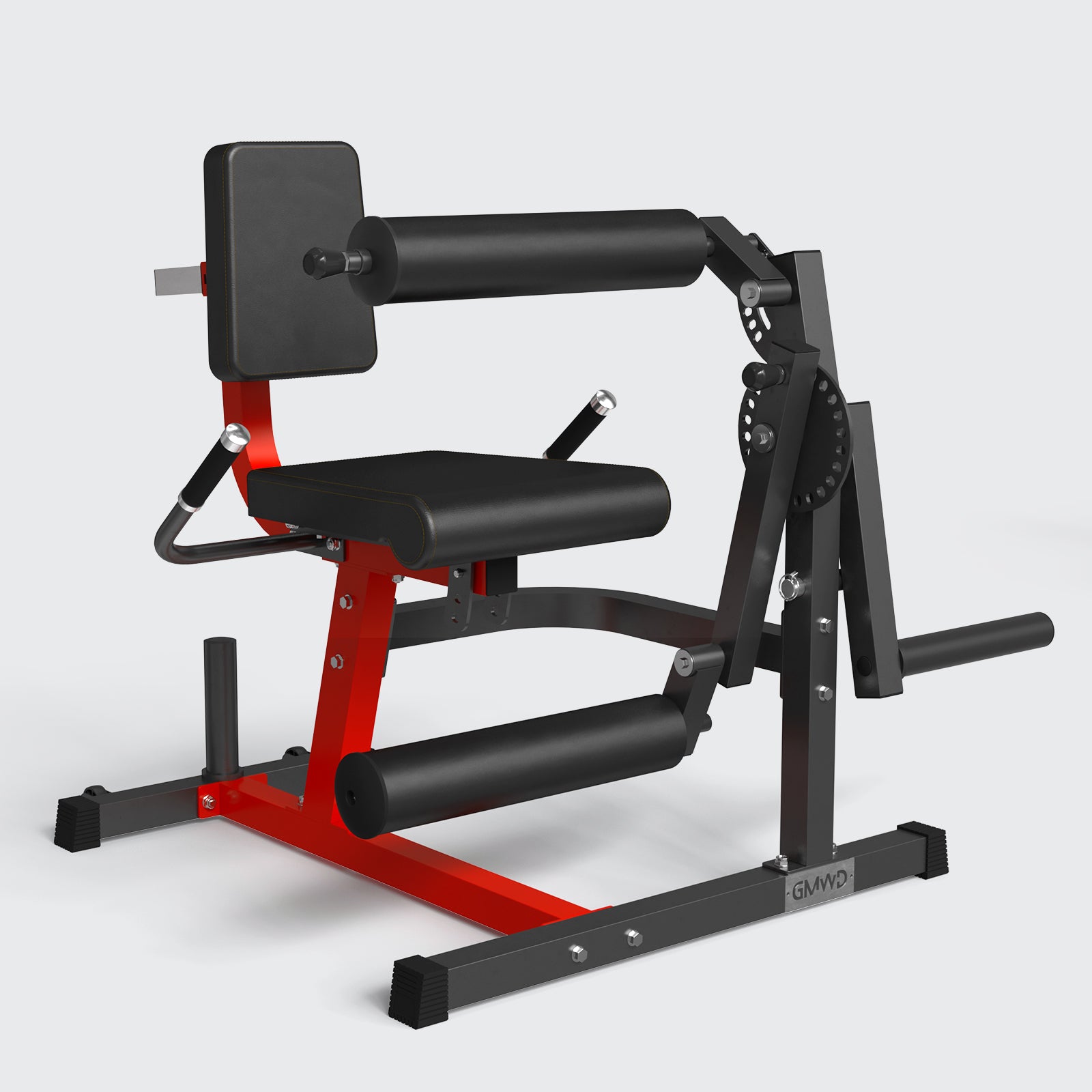
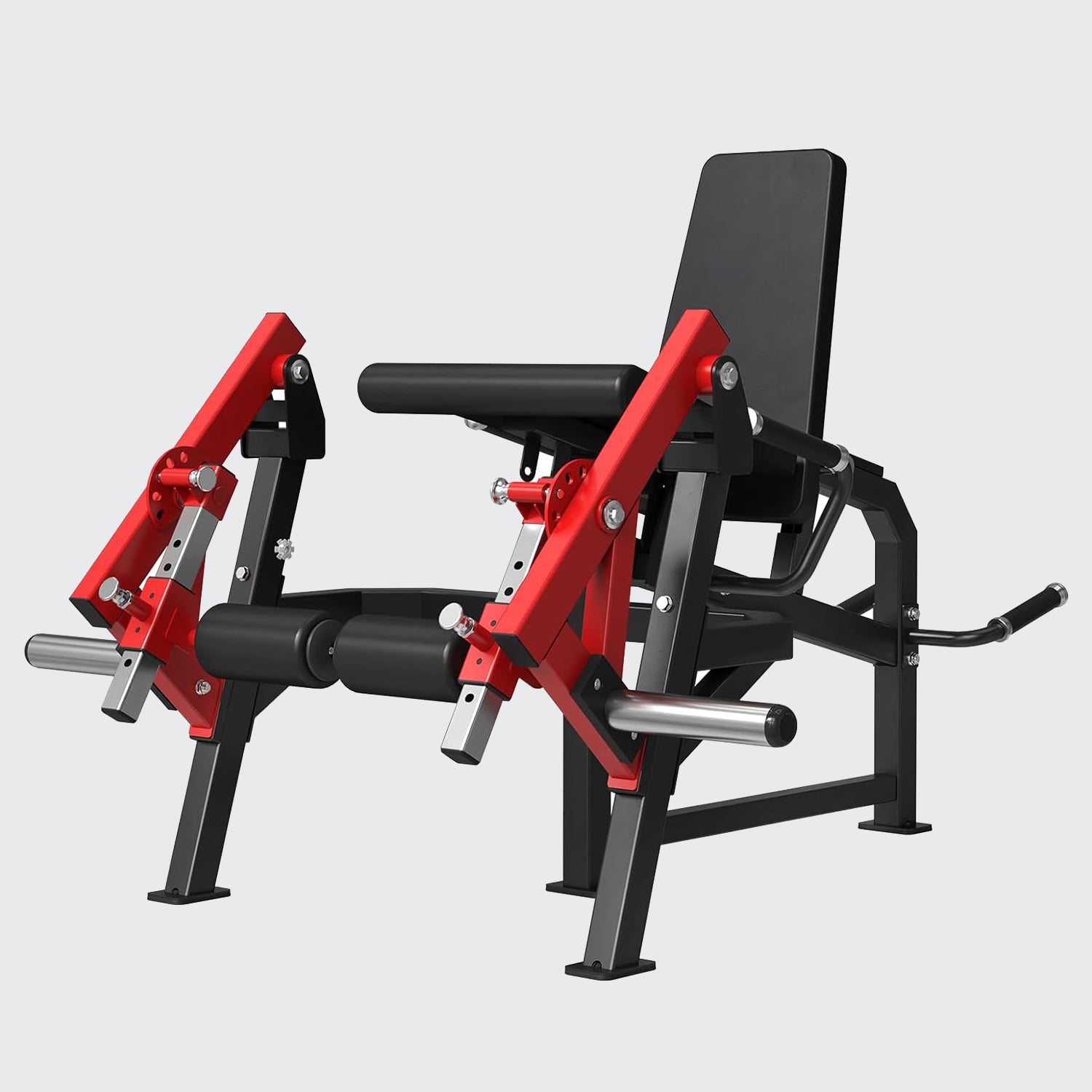
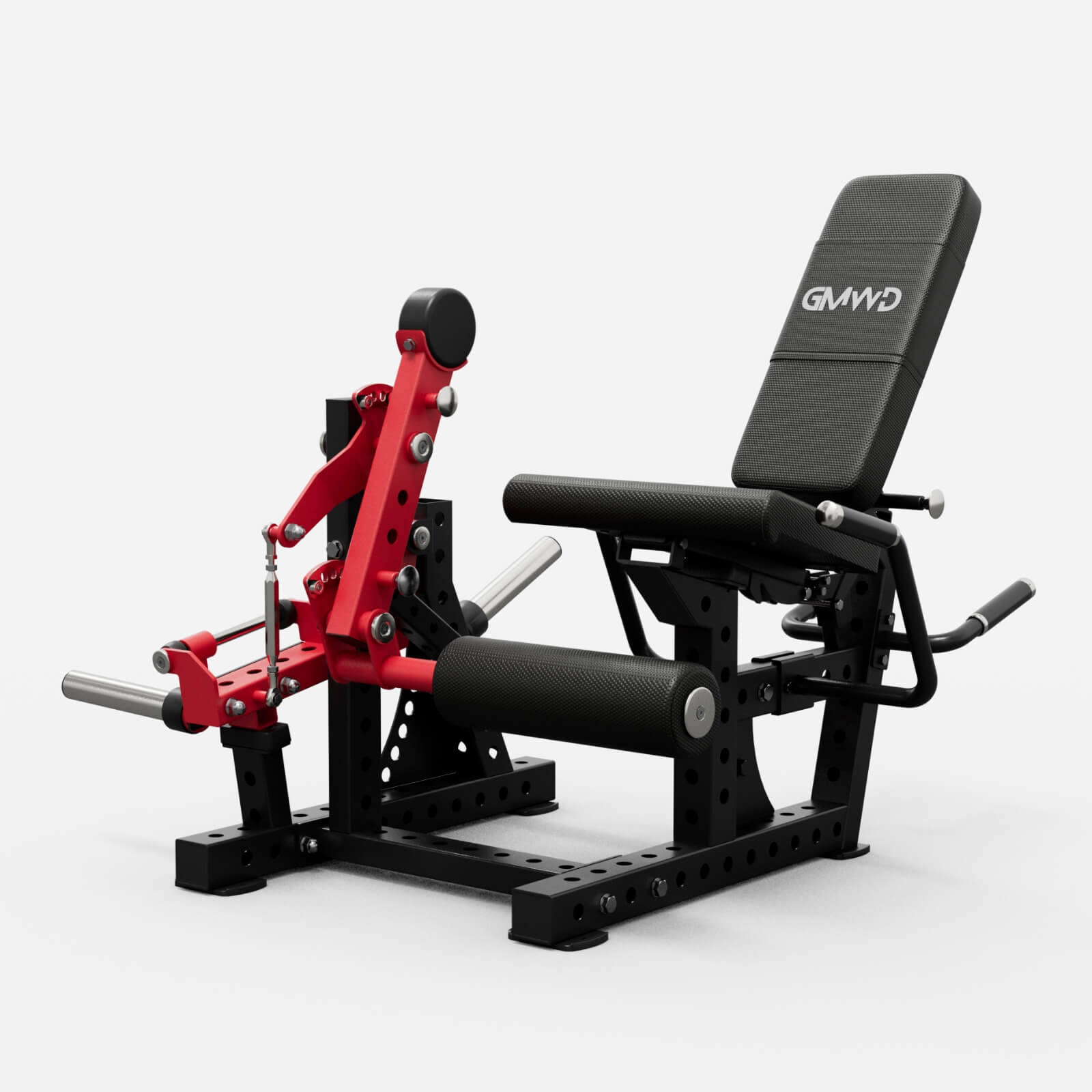
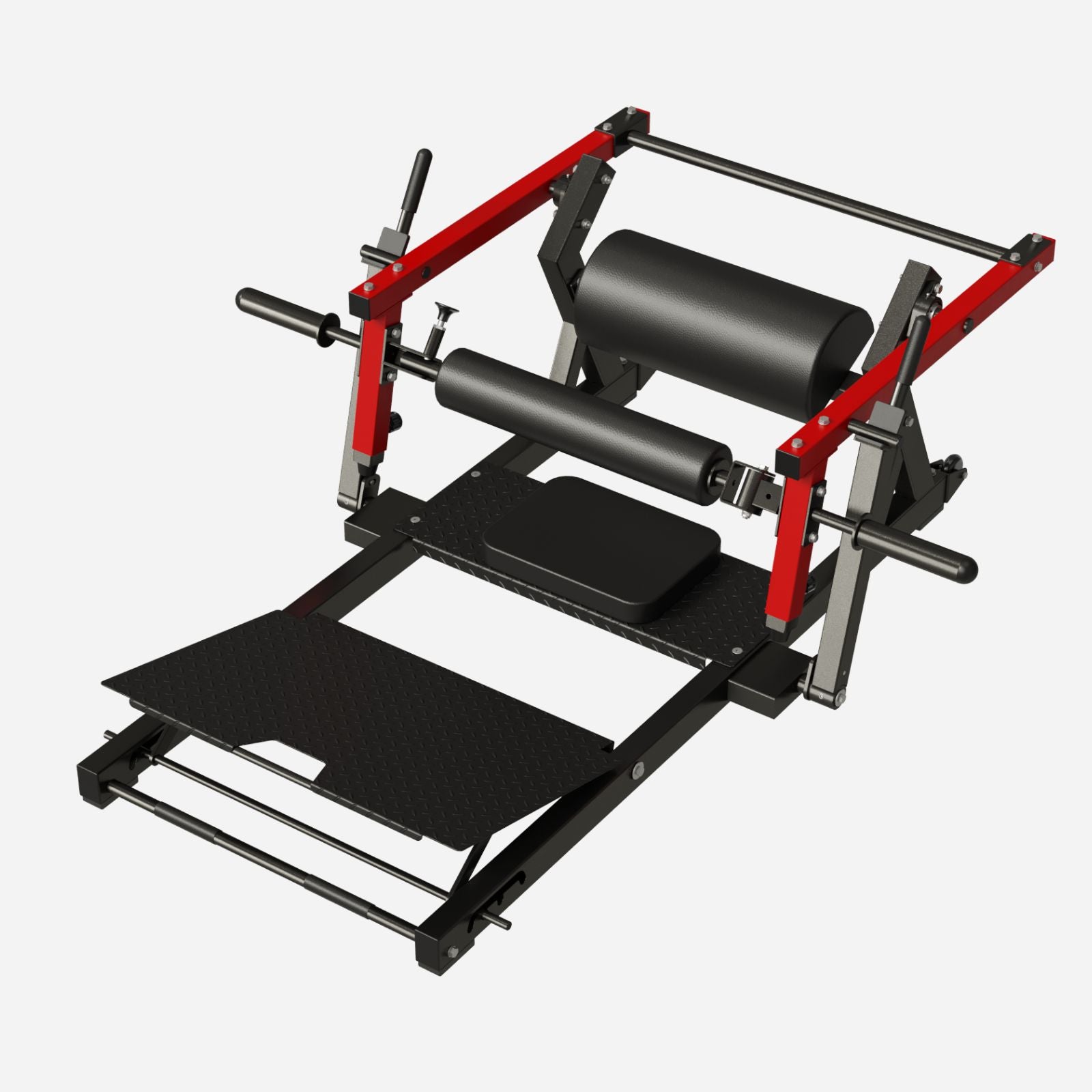

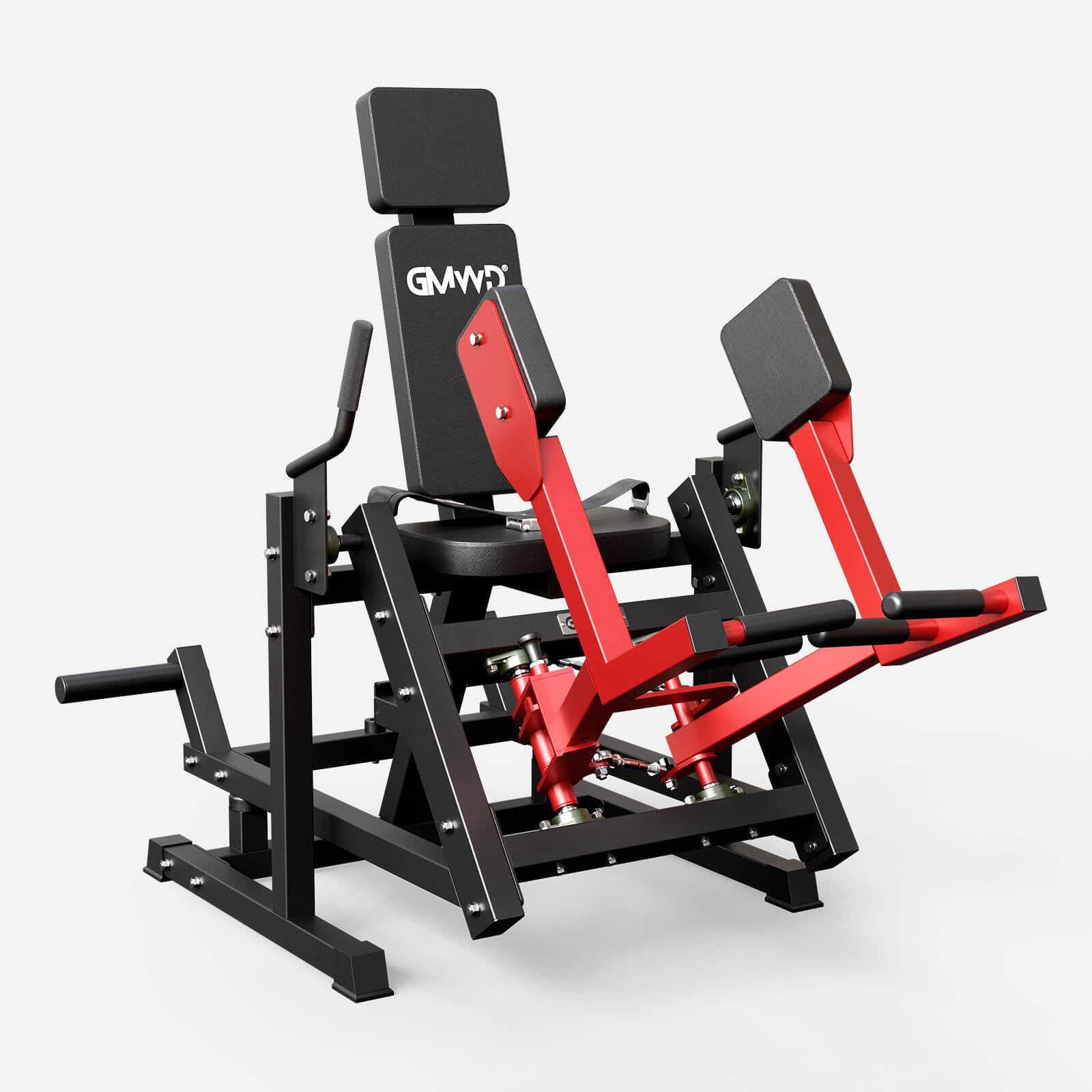
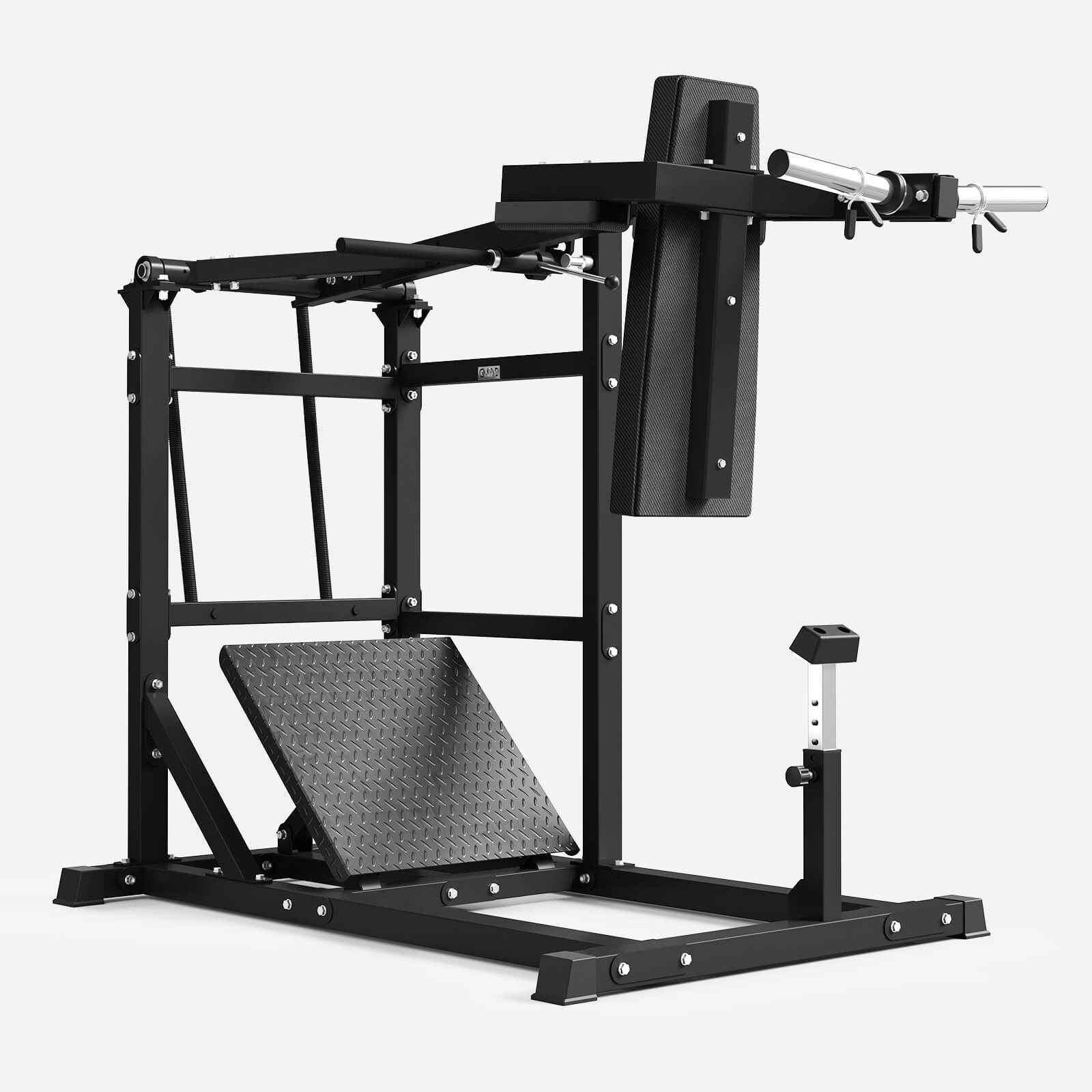
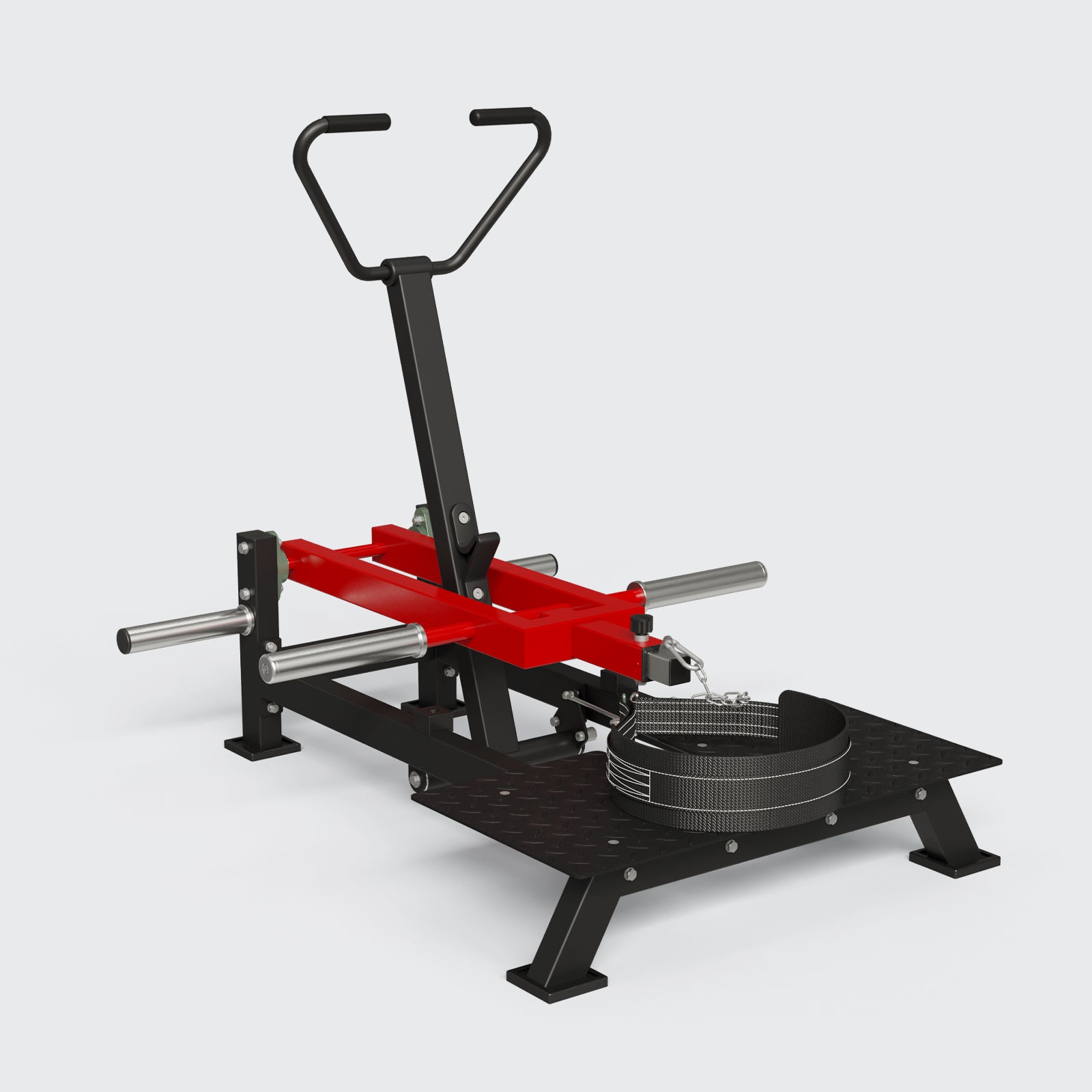
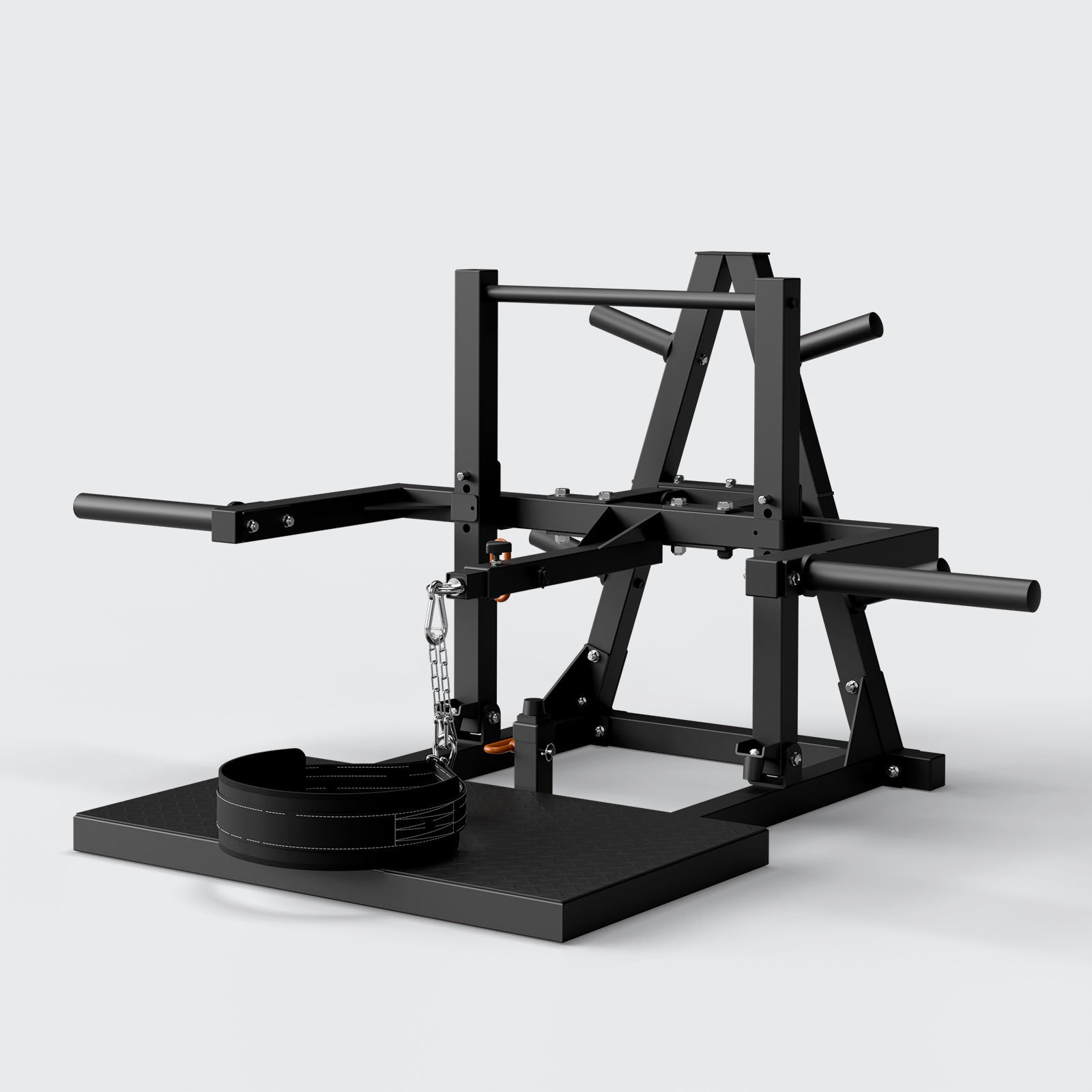

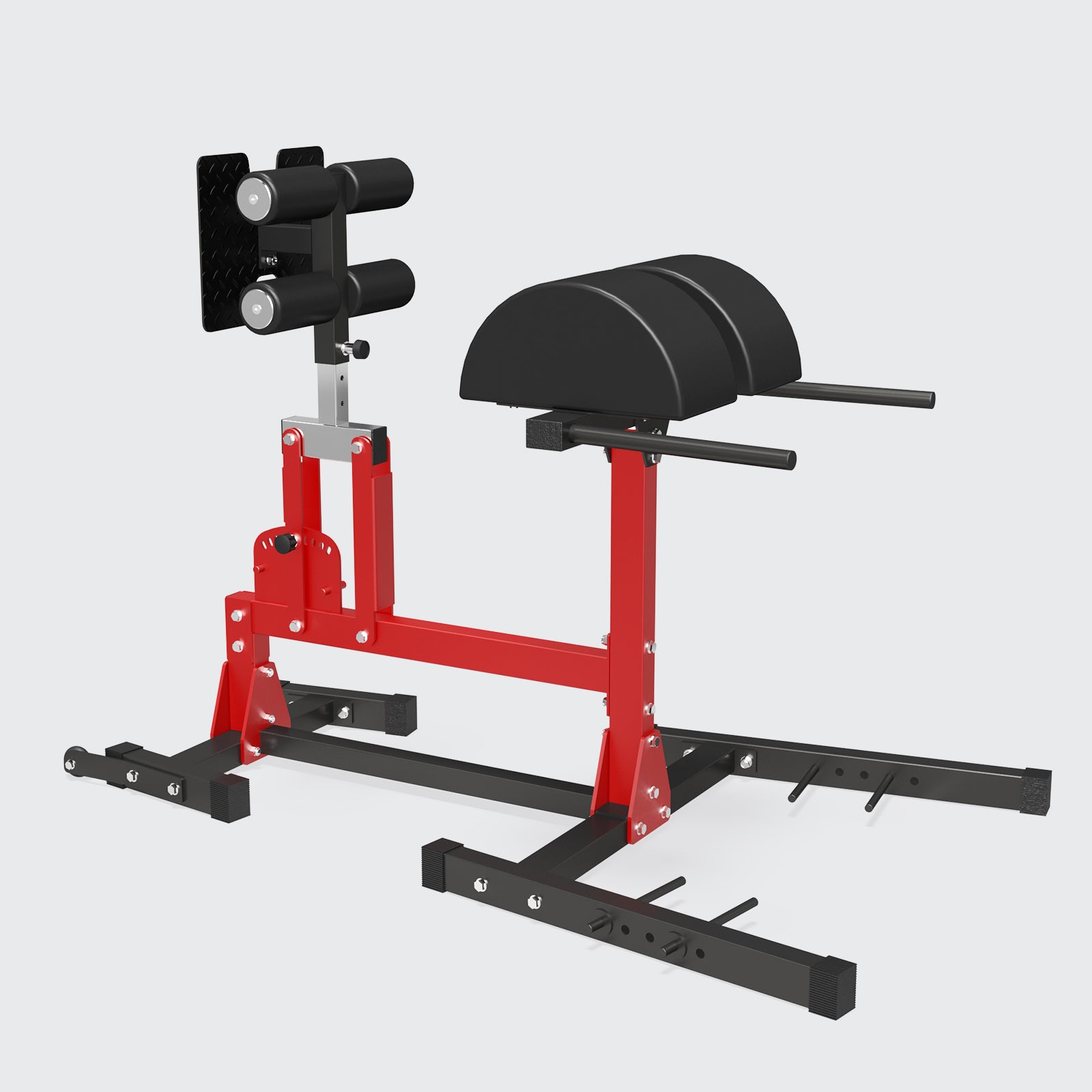
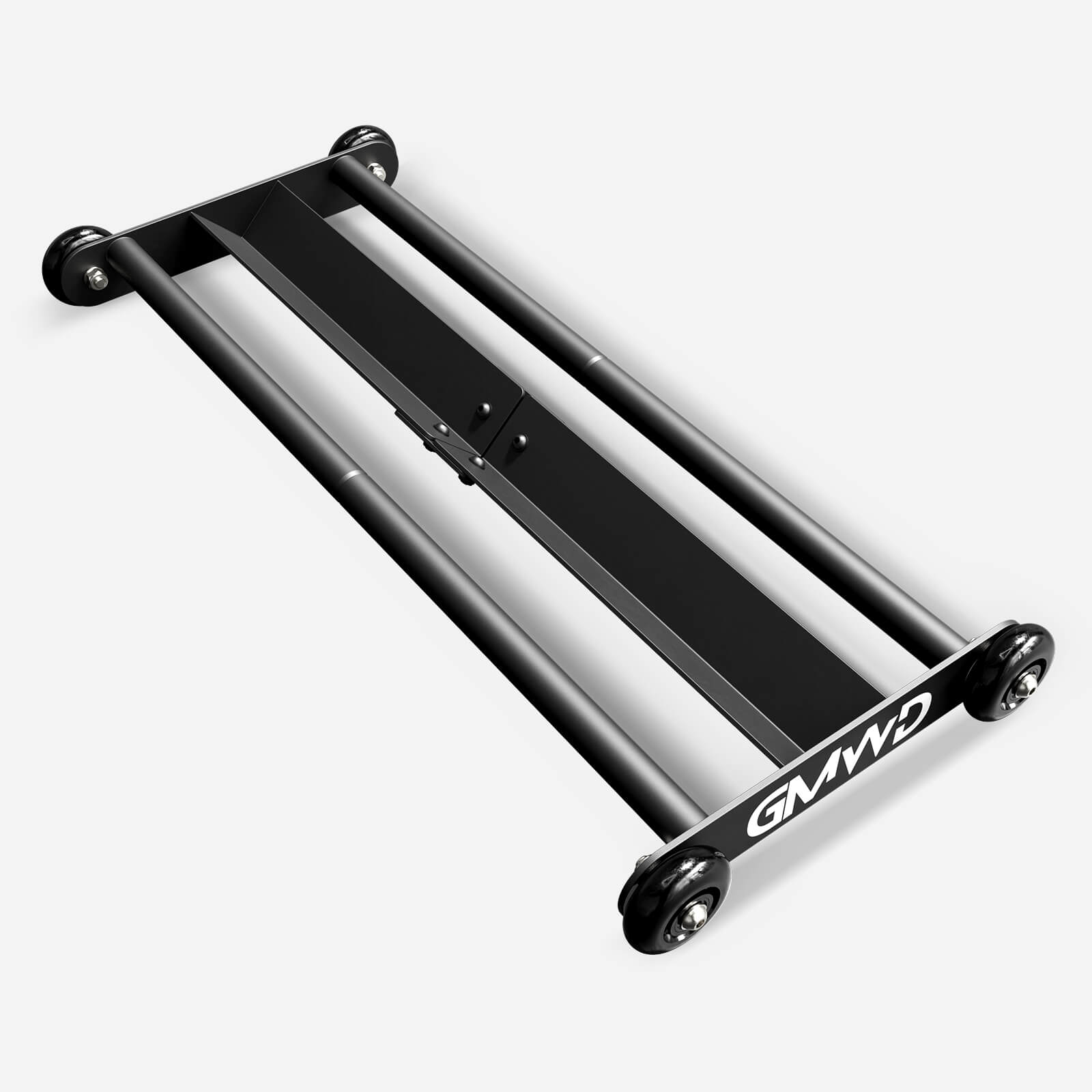
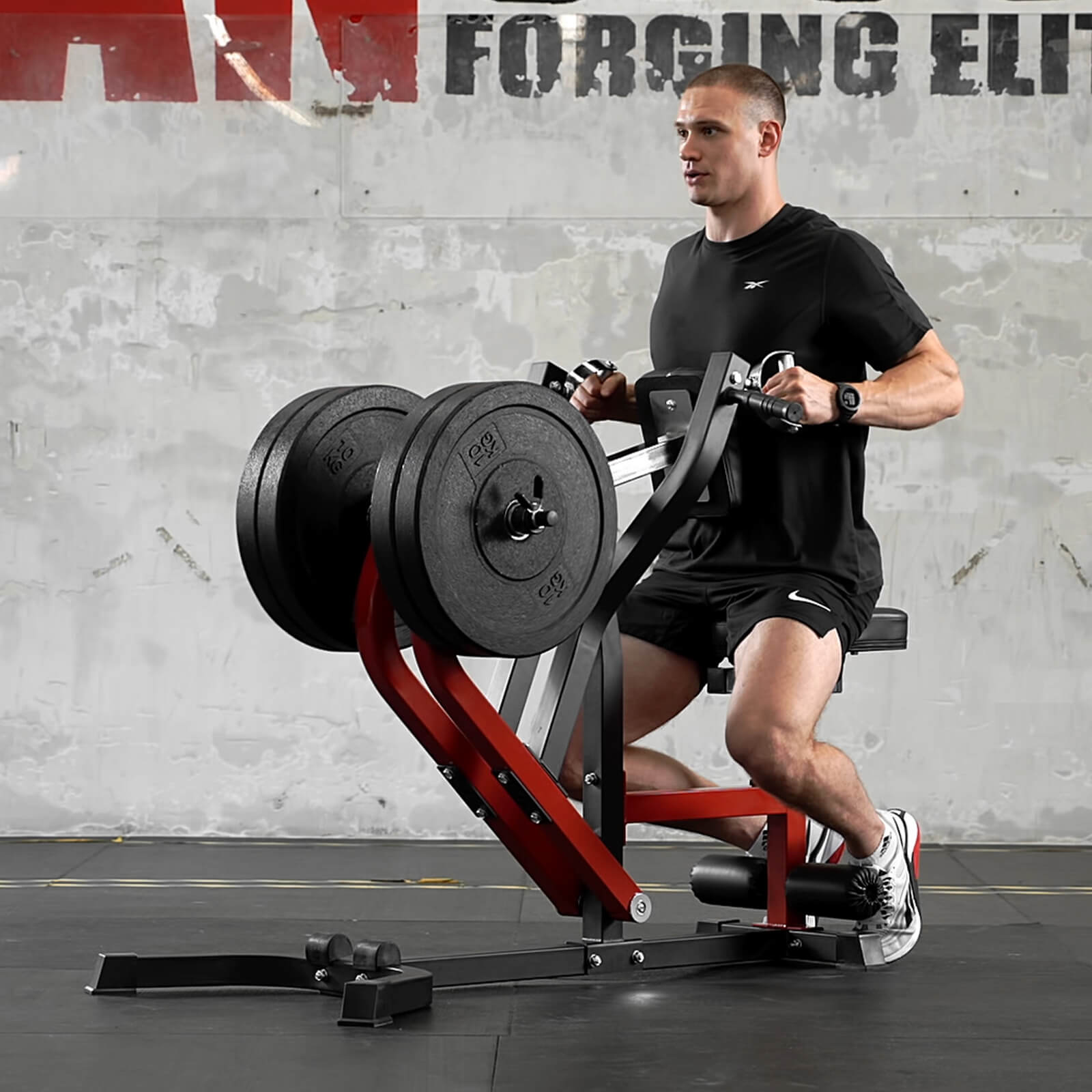
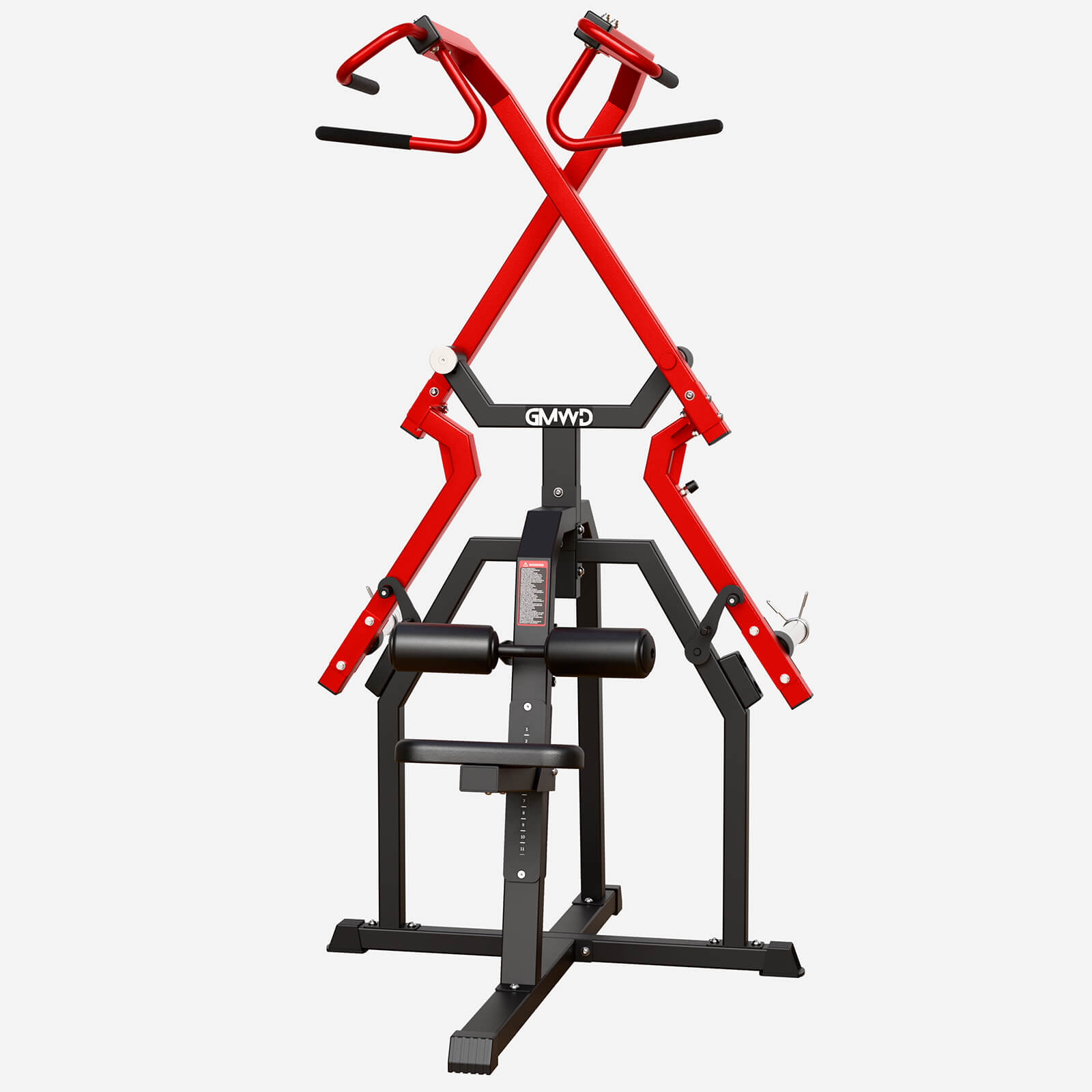
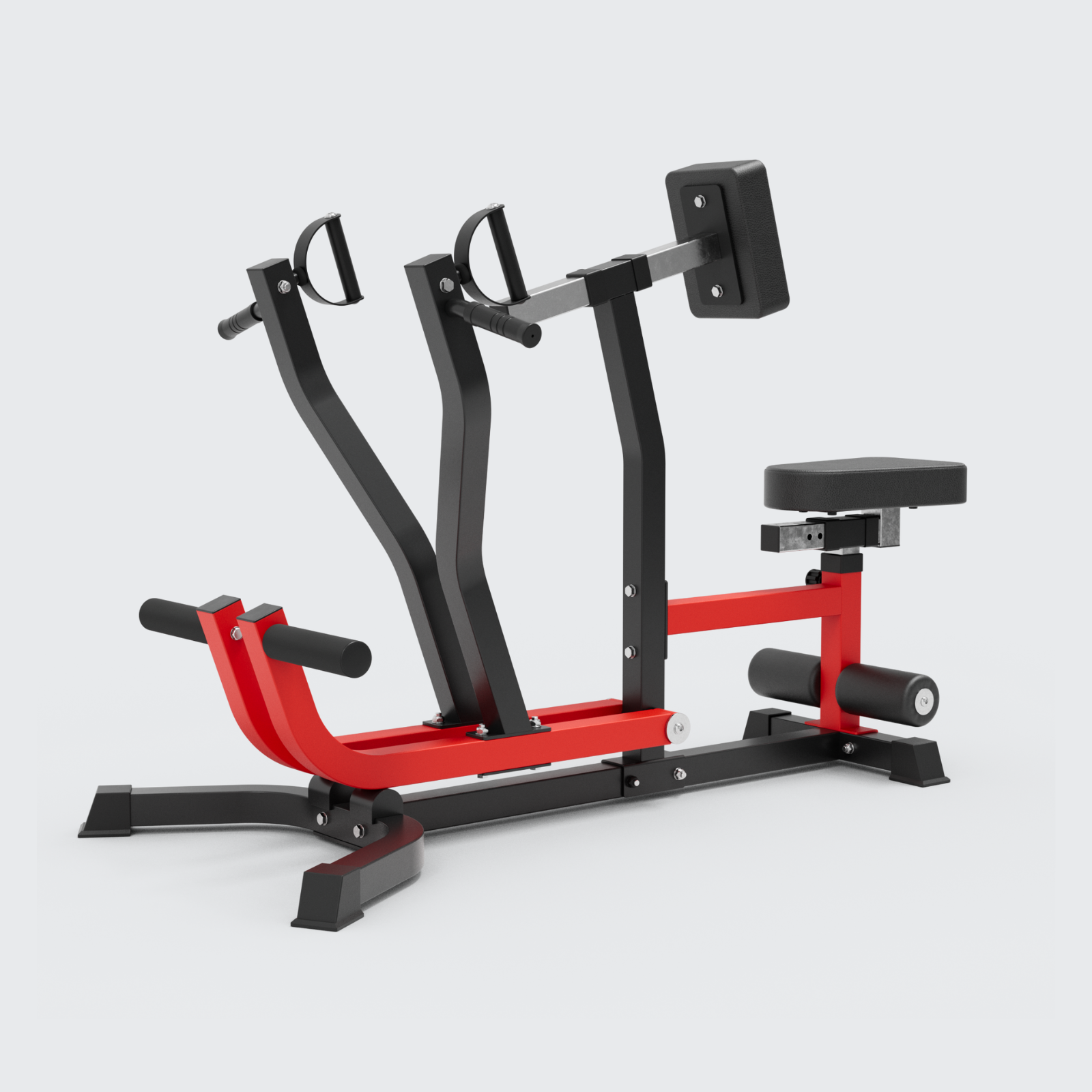
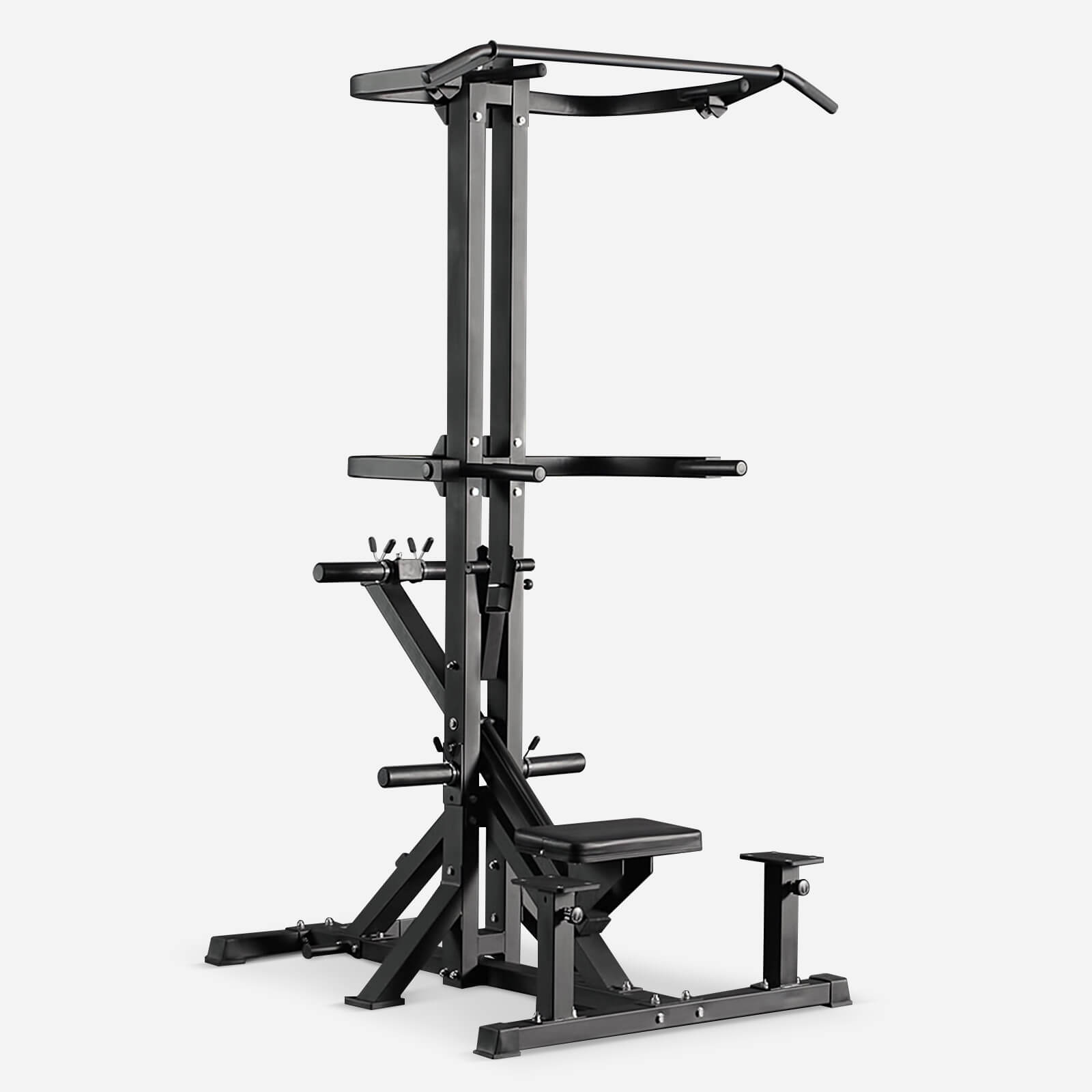

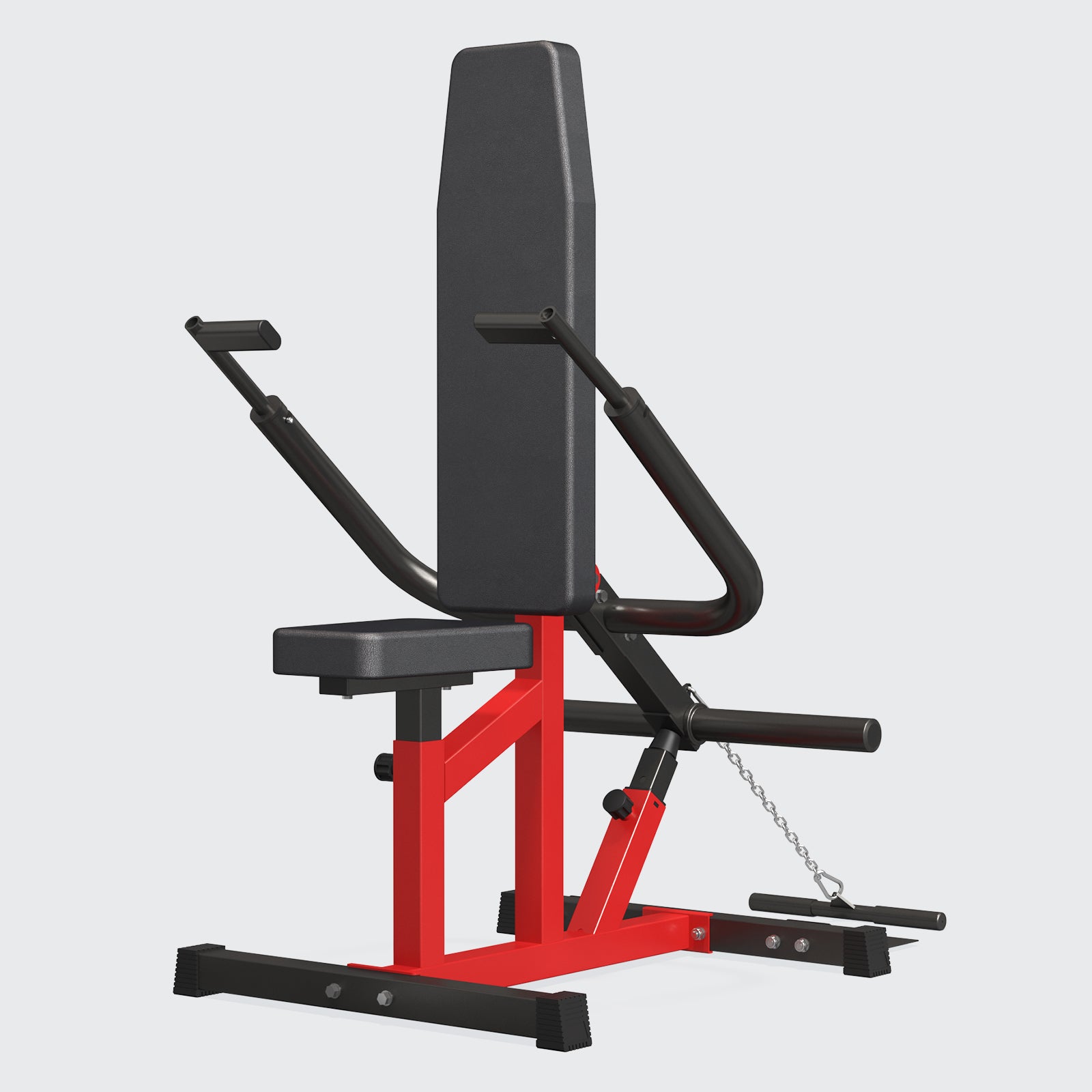
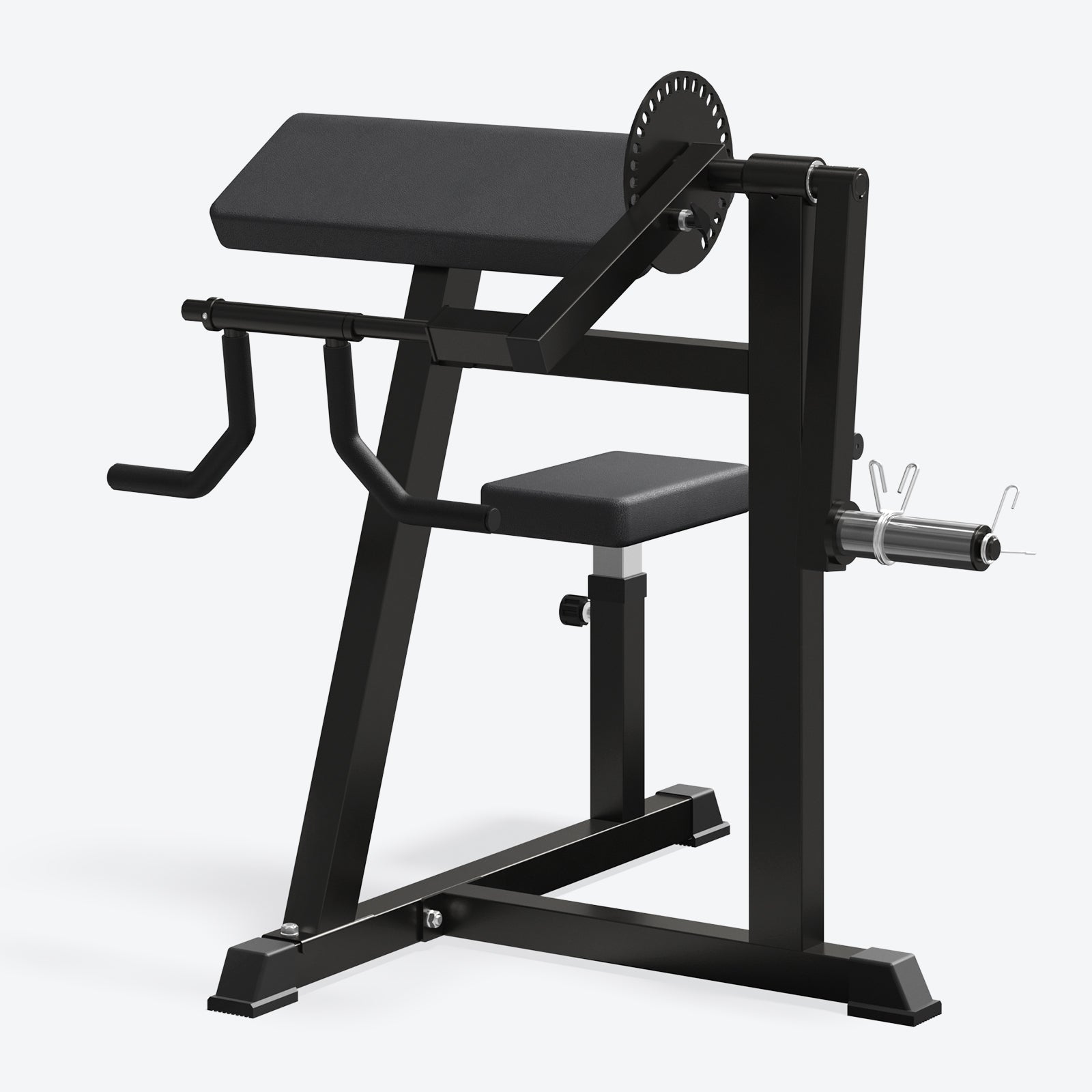
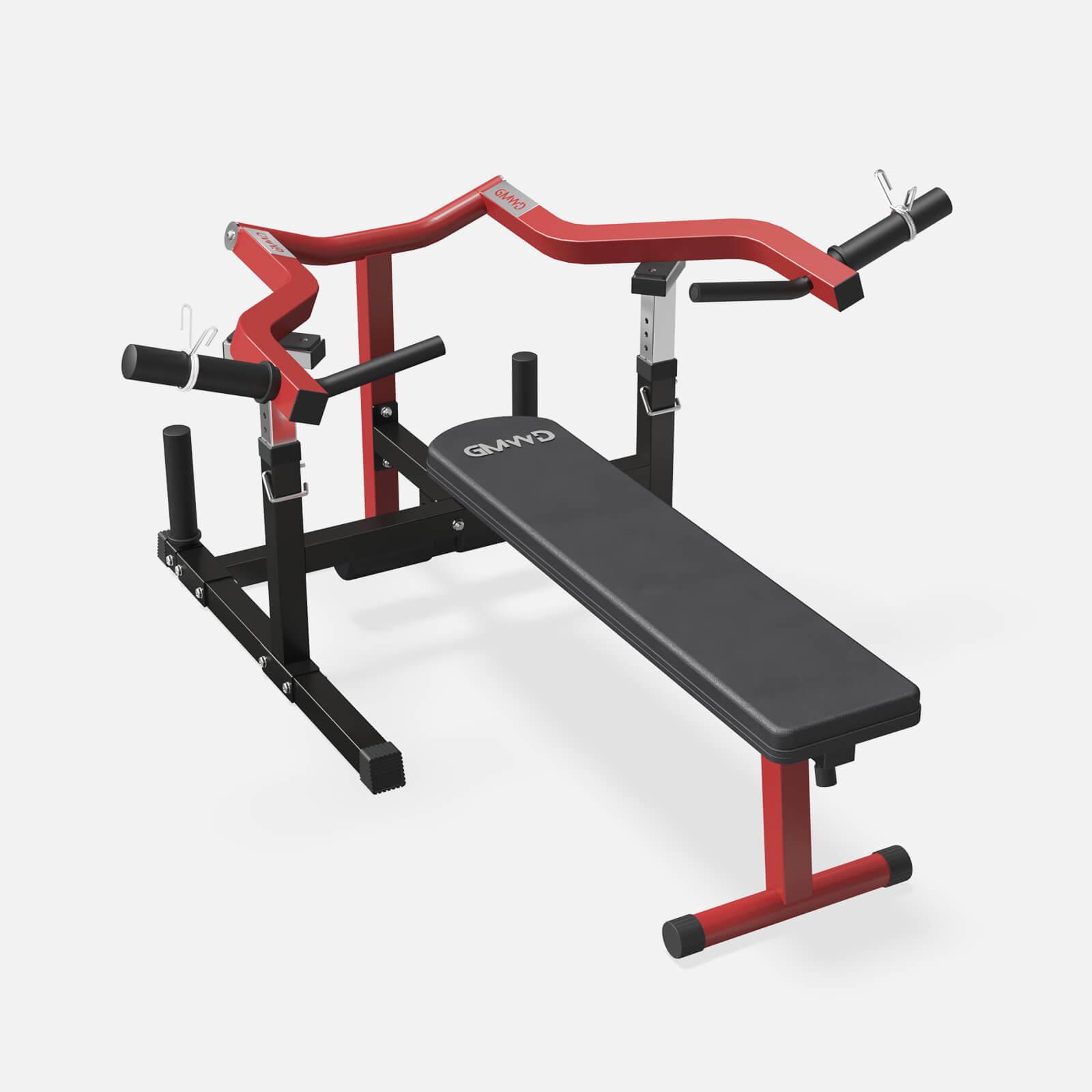
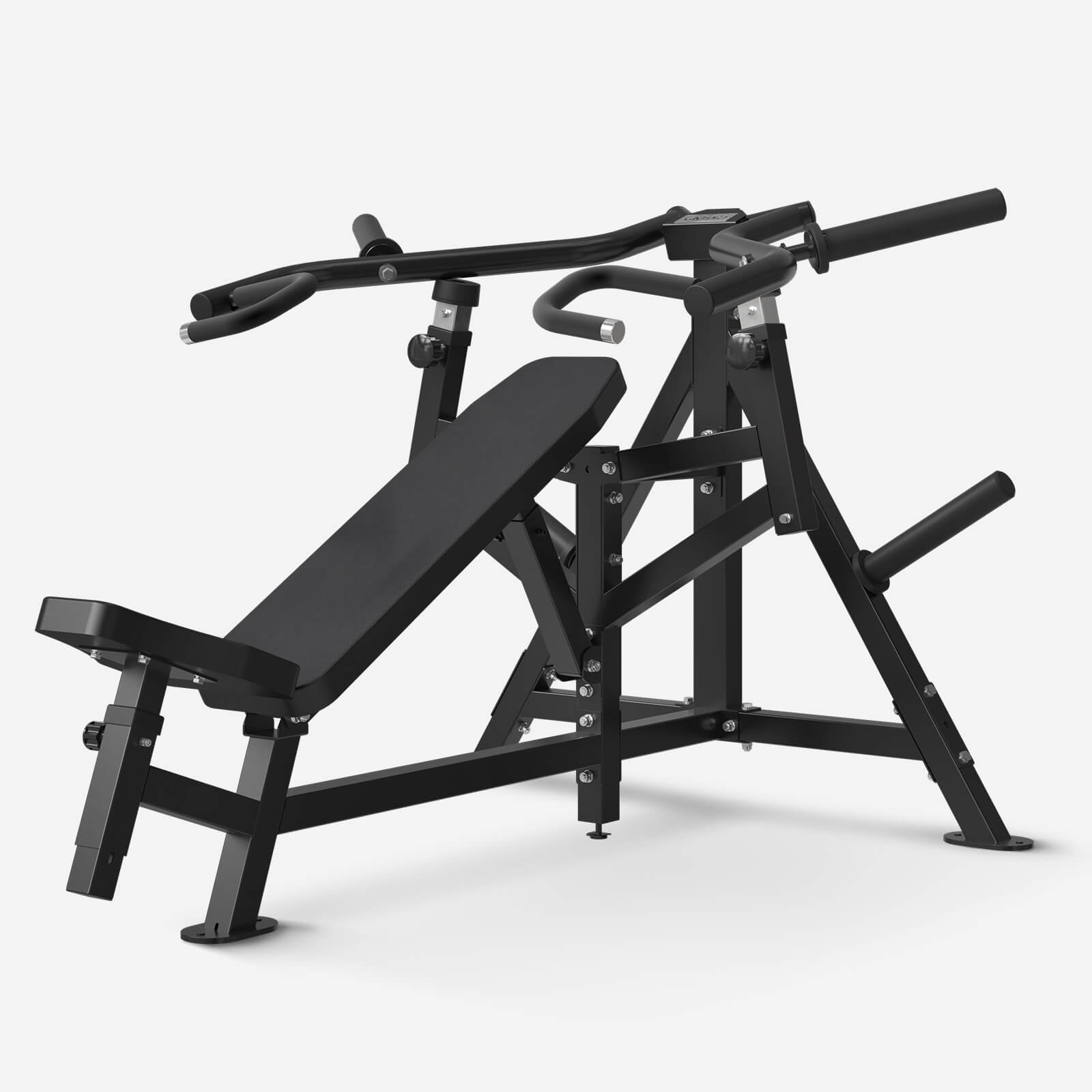
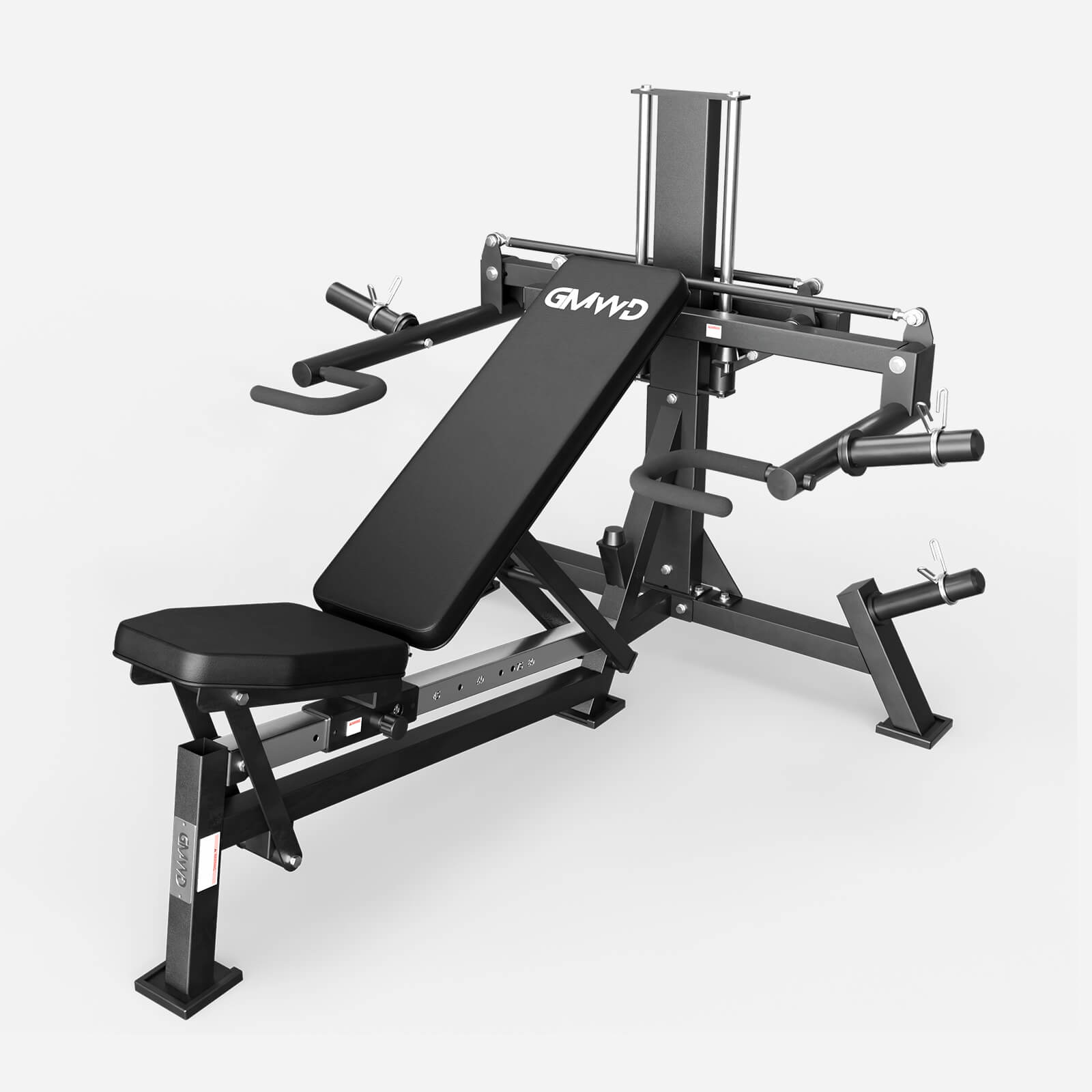
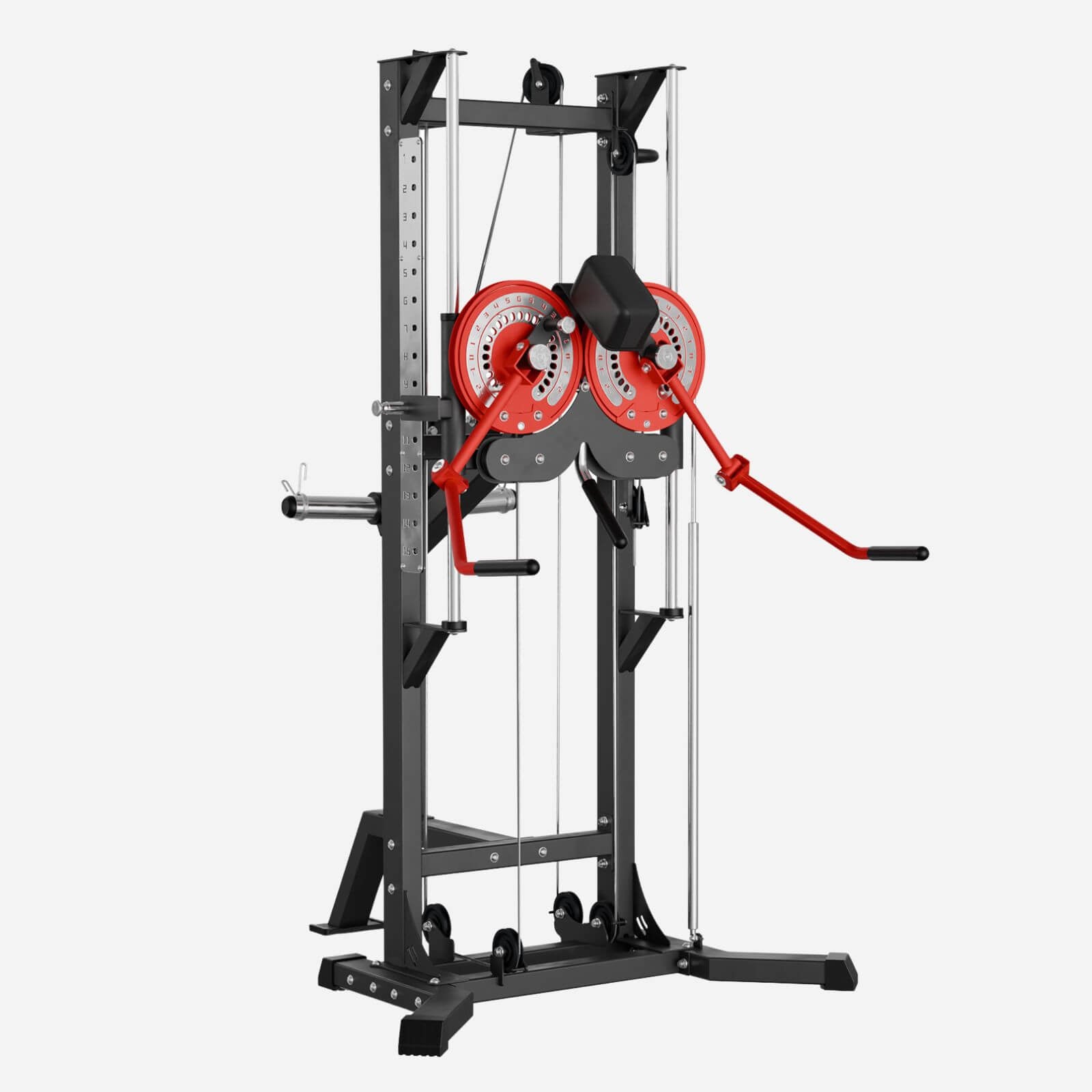
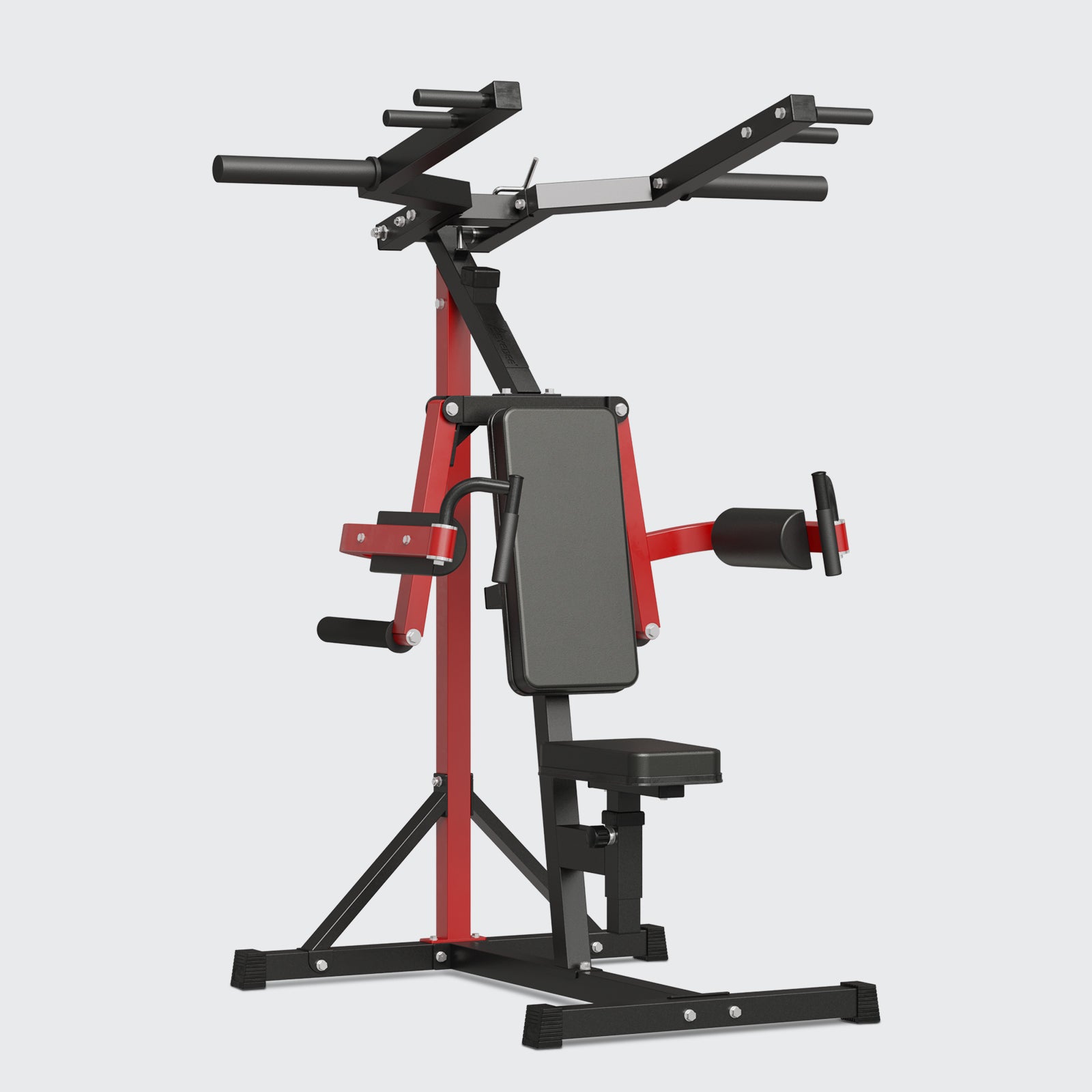
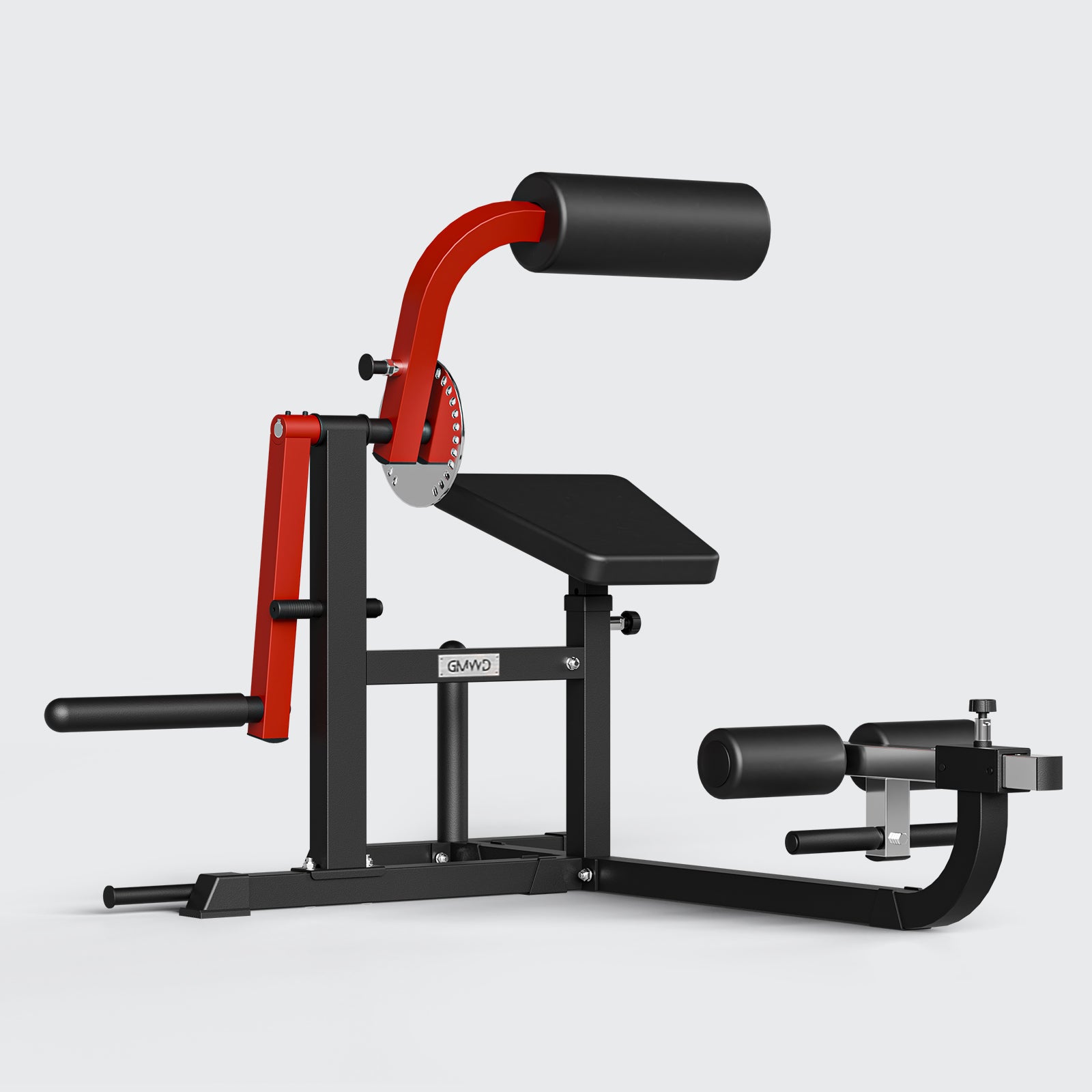
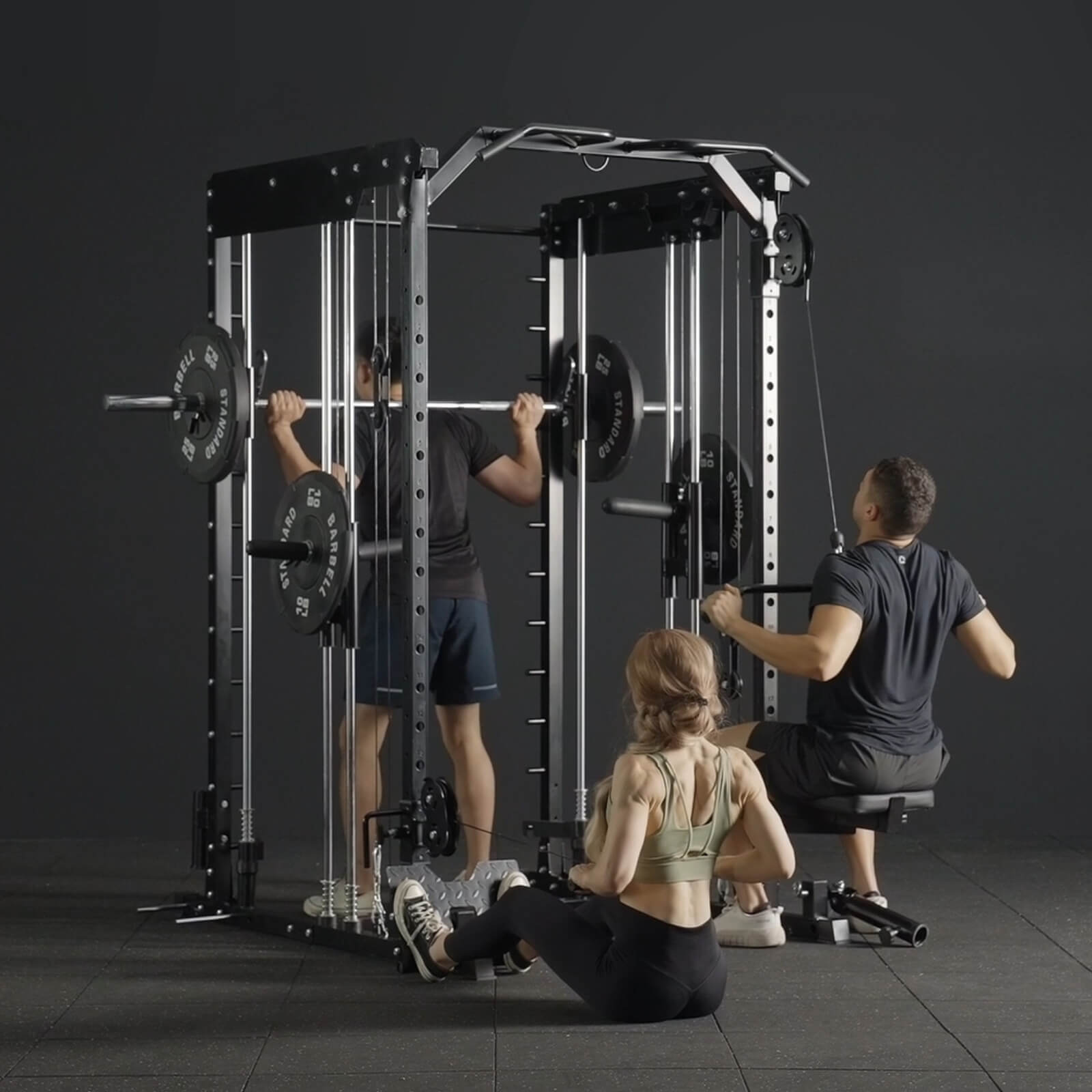
Leave a comment
All comments are moderated before being published.
This site is protected by hCaptcha and the hCaptcha Privacy Policy and Terms of Service apply.